The largest horse breeds in the world are known for their incredible size, strength, and historical significance. These majestic animals have been vital in agriculture, transportation, and even ceremonial events. From towering heights to muscular frames, these horses stand out for their impressive characteristics. Let’s explore the largest horse breeds, highlighting their key traits and origins.
Shire
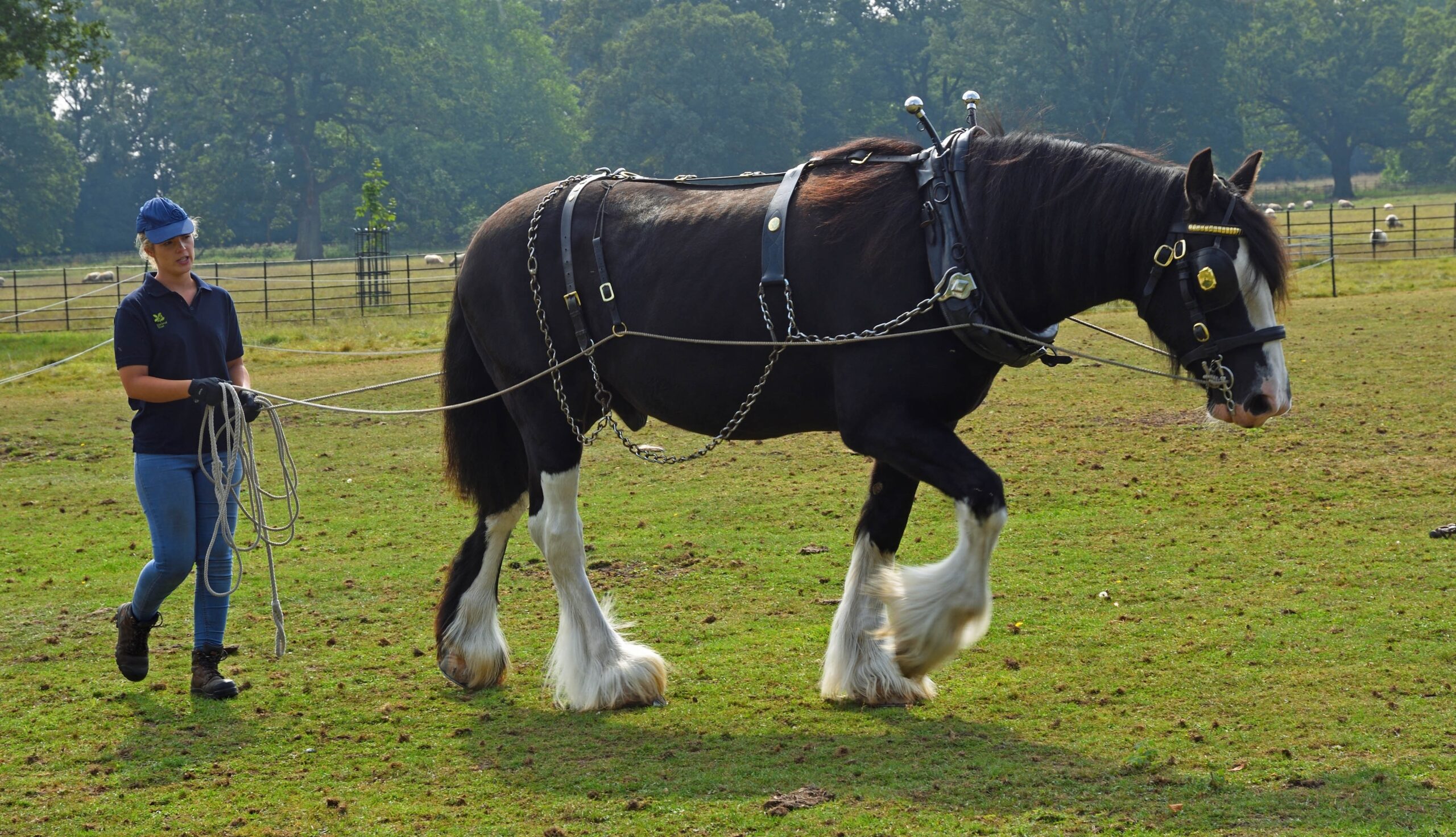
The Shire horse, often regarded as the largest horse breed, stands impressively between 16 to 18 hands (64-72 inches) and can weigh up to 2,400 pounds. Originating from England, this breed has been used for centuries to pull heavy carts and plows, including hauling goods like ale and coal. Shires are known for their feathered lower legs, which give them a majestic appearance, and they are commonly found in black, bay, or grey coats. Despite their imposing size, Shires are gentle giants with calm temperaments, making them ideal for both farm work and ceremonial duties.
Clydesdale
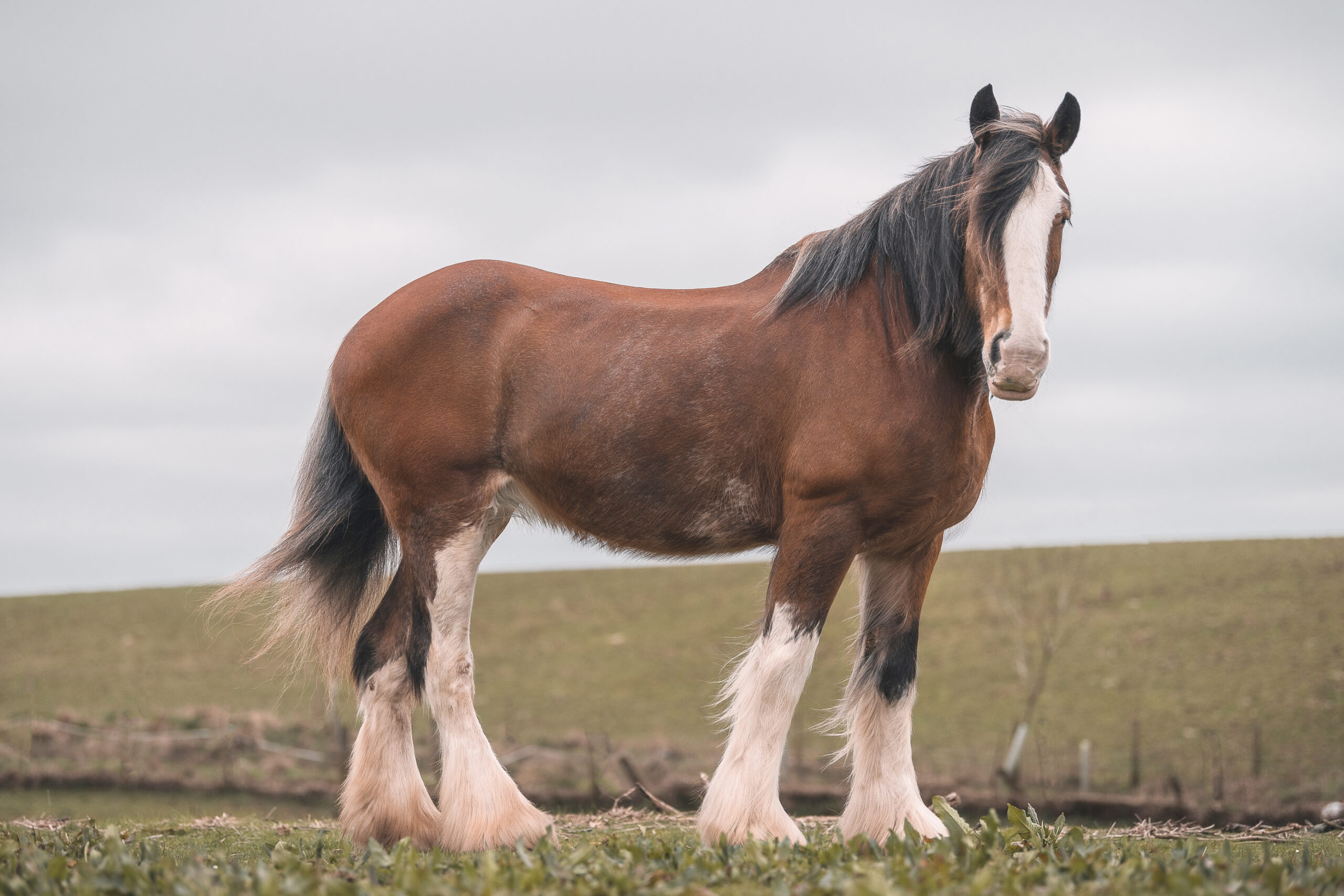
Clydesdales, famous for their regal feathered hooves and tall stature, typically stand between 16 to 18 hands (64-72 inches) and weigh around 1,800 to 2,200 pounds. Originating from Scotland, they were initially bred for heavy farm work and hauling loads. Their bay or chestnut coats, often adorned with striking white markings, make them visually stunning. They are widely known for their role in pulling the Budweiser wagons in parades. Despite their large frame, Clydesdales are gentle, hardworking, and often display a friendly disposition toward humans.
Percheron
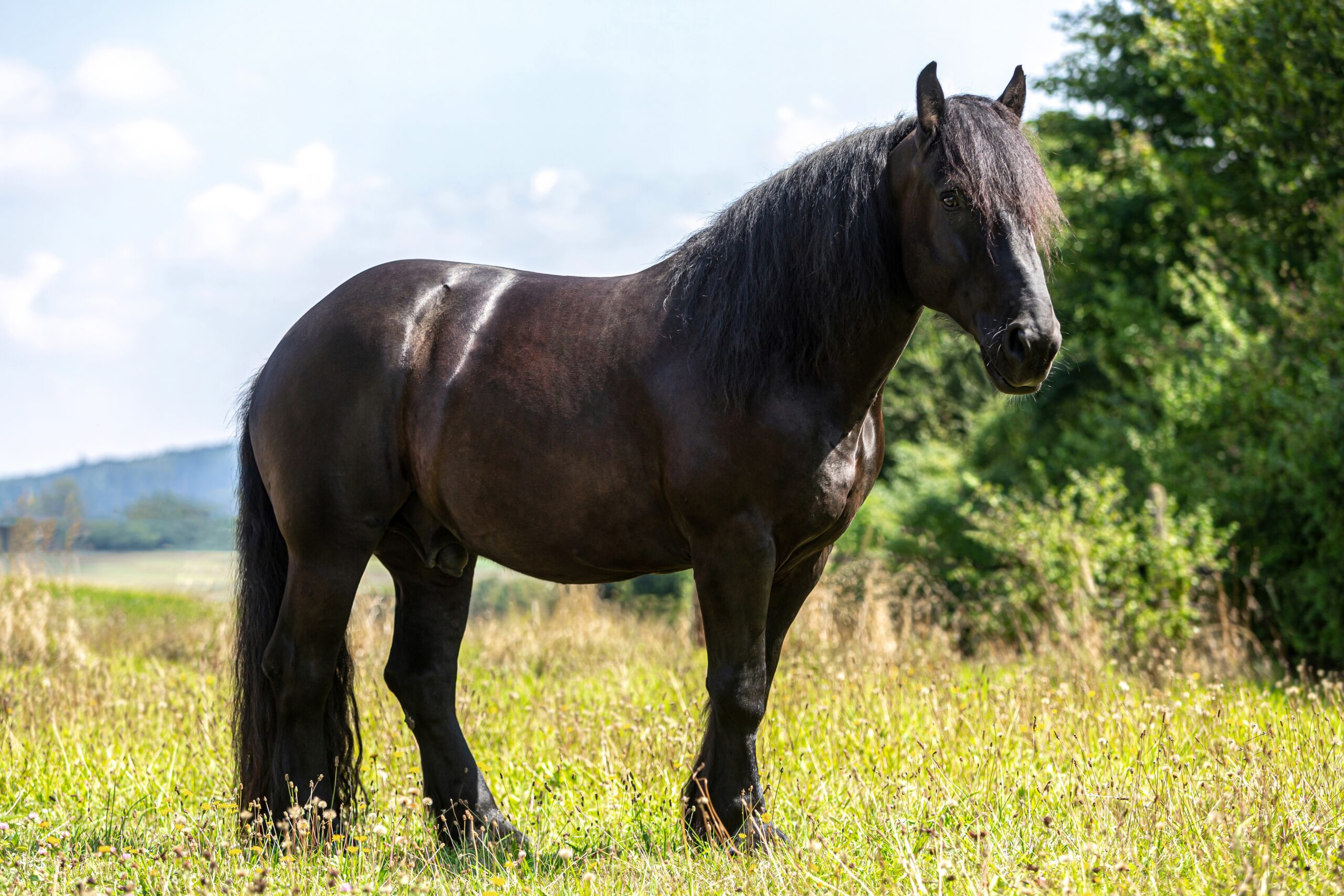
The Percheron is a large draft breed from France, standing between 15 to 19 hands (60-76 inches) and weighing up to 2,600 pounds. Originally bred in the Perche region, these horses were once used for war and later for farm and carriage work. Typically grey or black, Percherons are known for their blend of power and elegance, making them popular in both work and show settings. Their muscular build is balanced by a refined, athletic look, and they are celebrated for their strength, stamina, and intelligence. They are often used today in parades, logging, and pulling carriages.
Belgian Draft
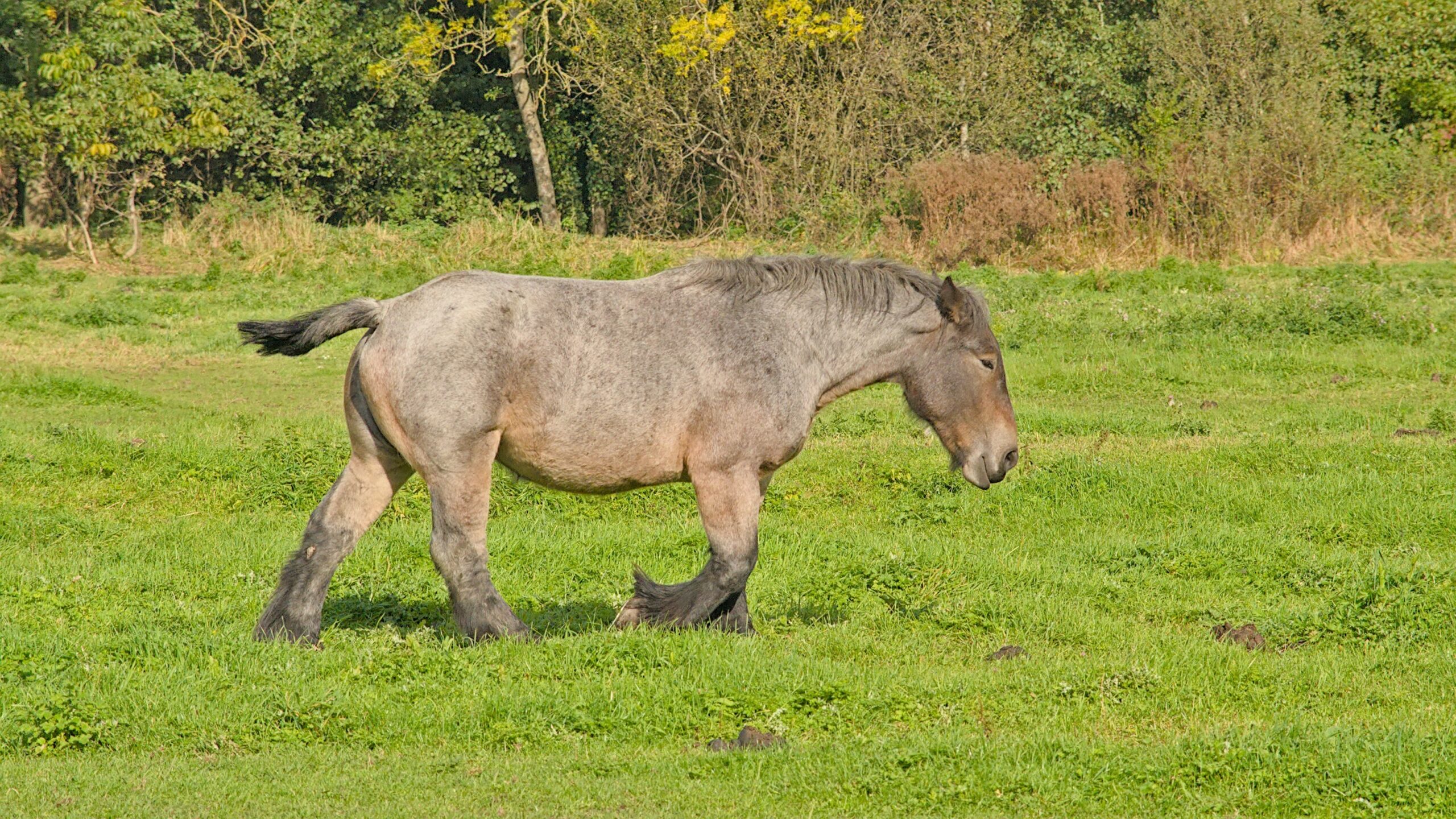
The Belgian Draft is a strong, stocky breed, often standing between 16 to 17 hands (64-68 inches) and weighing up to 2,200 pounds. Known for its muscular frame, the Belgian originated in Belgium, where it was used heavily in agricultural work. Typically chestnut or bay in color, these horses are calm and good-natured, making them a favorite for farm tasks and pulling heavy loads. Their immense strength makes them some of the most capable draft horses, and today, they are often seen in competitions for pulling heavy loads or working on traditional farms.
Suffolk Punch
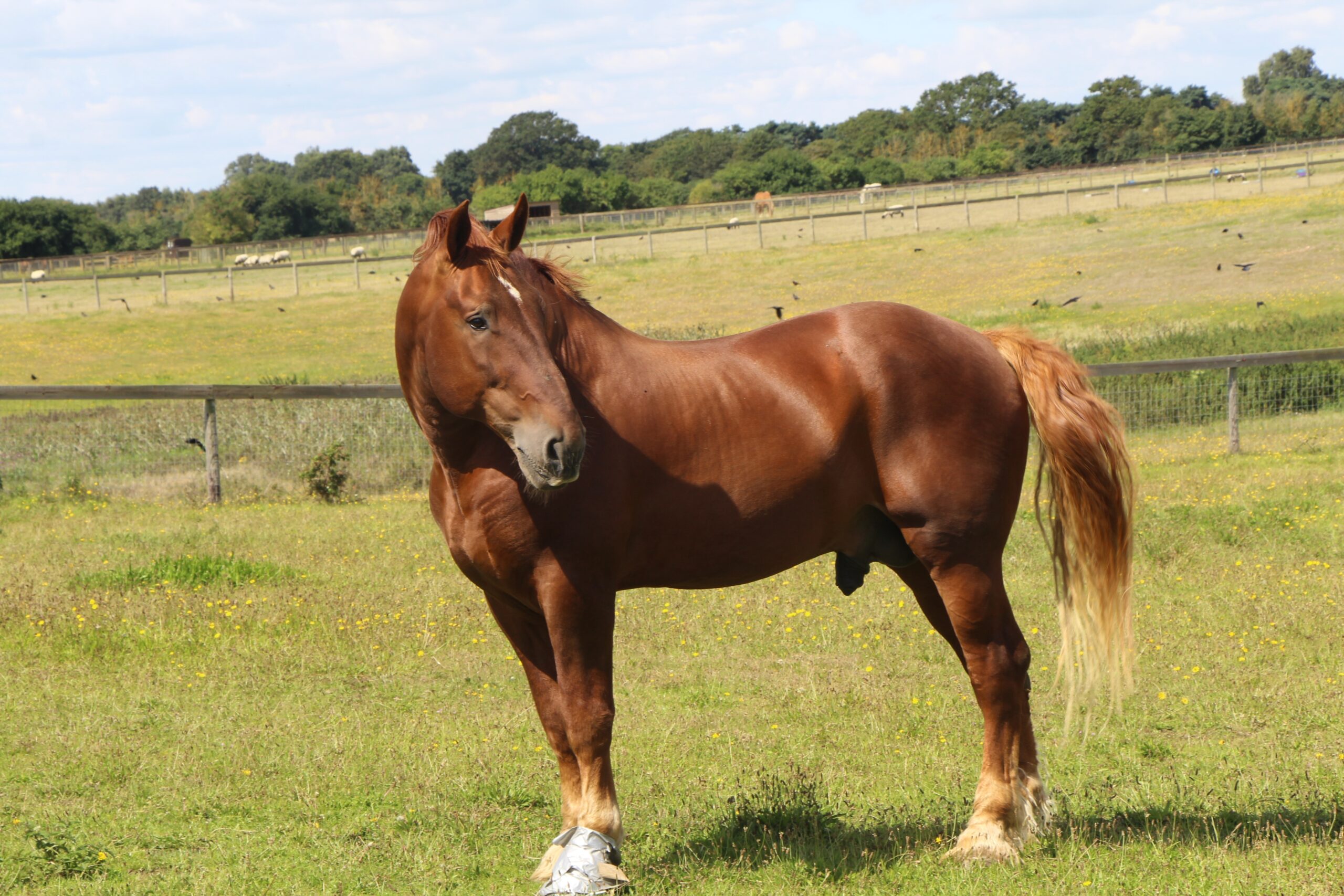
The Suffolk Punch is a compact, muscular draft breed from England, with a unique and consistent chestnut coat. They stand around 16 to 17 hands (64-68 inches) tall and weigh up to 2,200 pounds. Known for their stout and solid build, Suffolk Punches are built for hard work and are frequently used in agriculture. Unlike other draft horses, they come only in shades of chestnut and are known for their easygoing and calm temperament. Their shorter stature and strength make them perfect for pulling plows and working long hours in the field.
Dutch Draft

The Dutch Draft horse, originating in the Netherlands, is a powerful and stocky breed developed after World War I. Standing between 15 to 17 hands (60-68 inches) and weighing around 1,600 to 2,000 pounds, they are known for their endurance in farm work and pulling heavy loads. These horses typically come in bay, grey, and chestnut colors. The Dutch Draft has a calm, hardworking demeanor, making them ideal for plowing and heavy agricultural tasks, especially in the tough clay soils of the Netherlands.
Ardennes

The Ardennes horse is one of the oldest and strongest draft breeds, originating from the rugged Ardennes region of France and Belgium. They stand between 15 to 16 hands (60-64 inches) tall and weigh up to 2,200 pounds. Known for their muscular, compact frame and thick coats, Ardennes horses are resilient and built to work in harsh conditions. They typically come in bay, roan, or chestnut colors and are highly valued for their endurance and ability to work on steep and uneven terrain. Historically, they were used in agriculture and as war horses due to their strength and stamina.
Australian Draught

The Australian Draught horse is a hardy and versatile breed, developed from a mix of Clydesdale, Shire, Percheron, and Suffolk Punch bloodlines. They stand between 16 to 17 hands (64-68 inches) and weigh up to 2,000 pounds. Known for their strength and endurance, they were bred for heavy farm work and pulling loads. Originating in Australia, these horses thrive in both hot and rugged environments. Their calm temperament, combined with a range of colors from bay to chestnut and black, makes them well-suited for both agricultural and show purposes.
Boulonnais
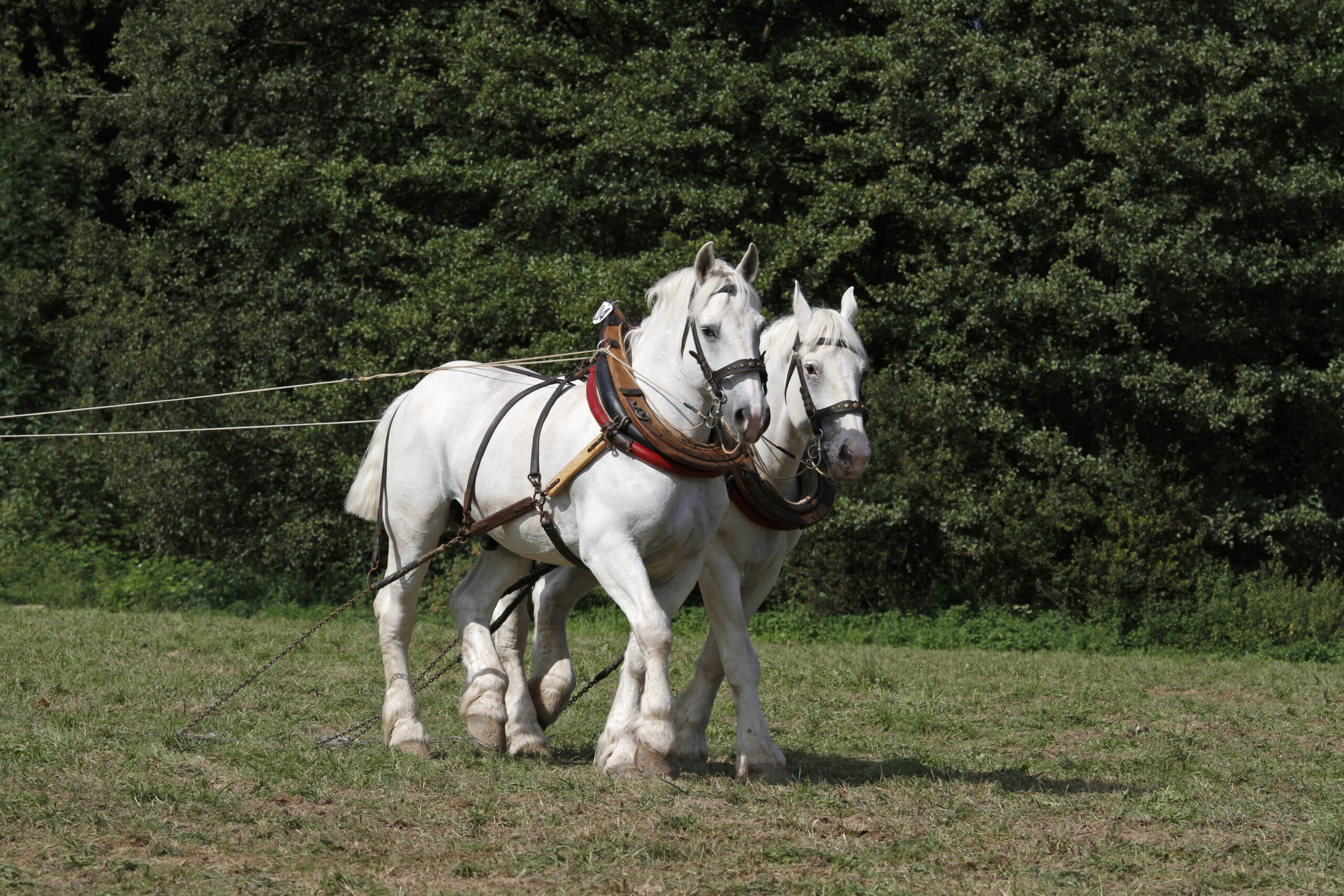
The Boulonnais horse is often referred to as the “White Marble Horse” due to its sleek, muscular, and polished appearance. Standing 15.2 to 16.3 hands (62-65 inches) tall and weighing around 1,650 pounds, they have an elegant build for a draft horse. Originating from France, this breed dates back to ancient times and was traditionally used for pulling heavy loads, particularly in fisheries and on farms. Most commonly grey, with occasional black and chestnut coats, Boulonnais horses are celebrated for their endurance, intelligence, and calm demeanor, making them suitable for both work and show.
Russian Heavy Draft
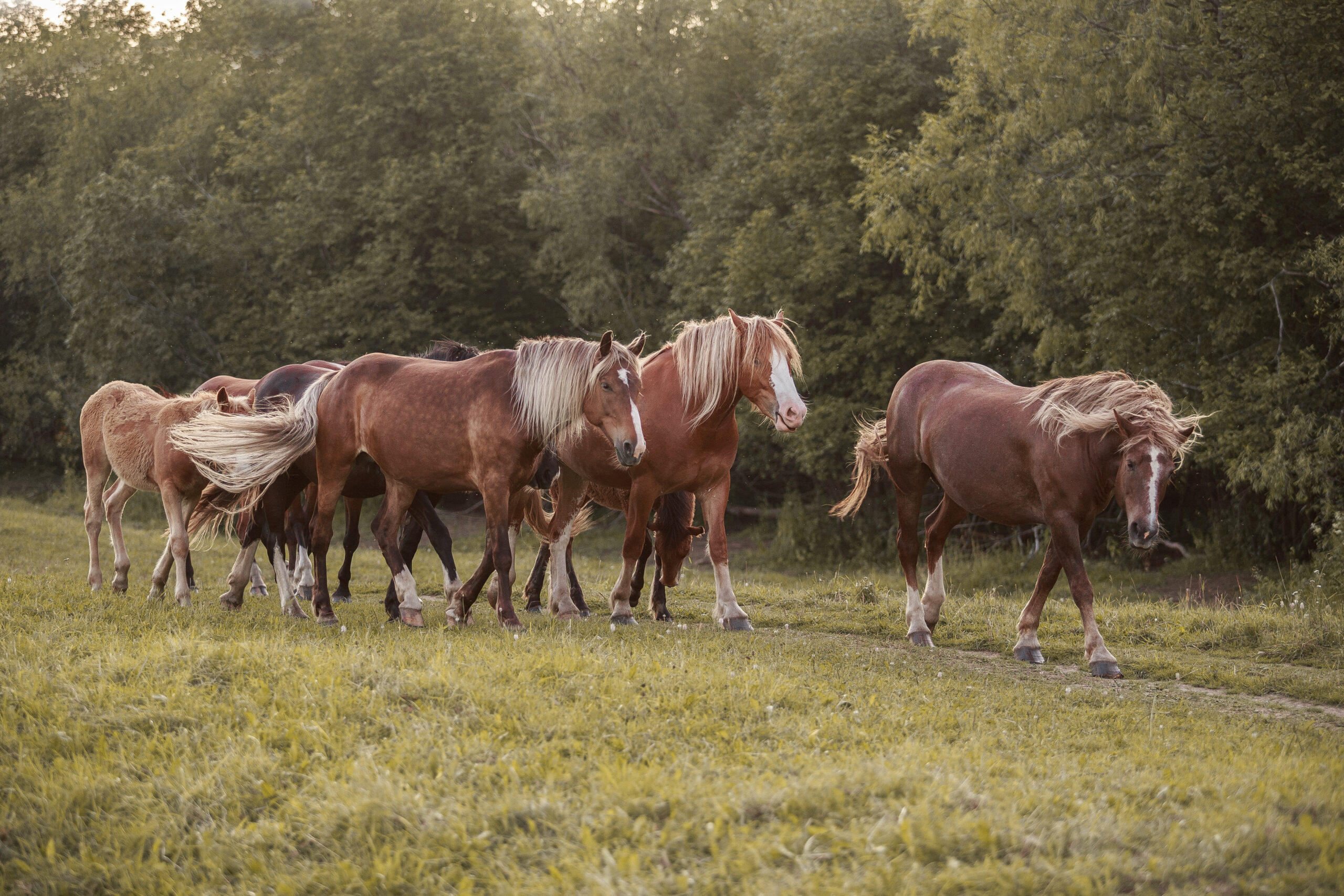
The Russian Heavy Draft is a compact but powerful breed, developed in the late 19th century to meet the agricultural demands of rural Russia. They typically stand between 14.1 to 15 hands (57-60 inches) and weigh up to 1,700 pounds. Built for heavy pulling in harsh climates, these horses are strong, resilient, and known for their hardiness. Typically chestnut or bay, they have thick coats that protect them in cold weather. Although smaller in height than other draft breeds, their strength and stamina have made them invaluable in Russian farming and industrial work.
Jutland

The Jutland horse, originating from Denmark, has a rich history of being used in agriculture and logging. They stand around 15 to 16 hands (60-64 inches) and can weigh between 1,540 and 1,980 pounds. This sturdy and reliable breed is known for its chestnut coat, often with a flaxen mane and tail. Jutlands are famous for their role in pulling the Carlsberg brewery wagons in Denmark, and their calm and friendly disposition makes them easy to work with. Though strong and muscular, they are also known for their gentle and cooperative nature.
American Cream Draft
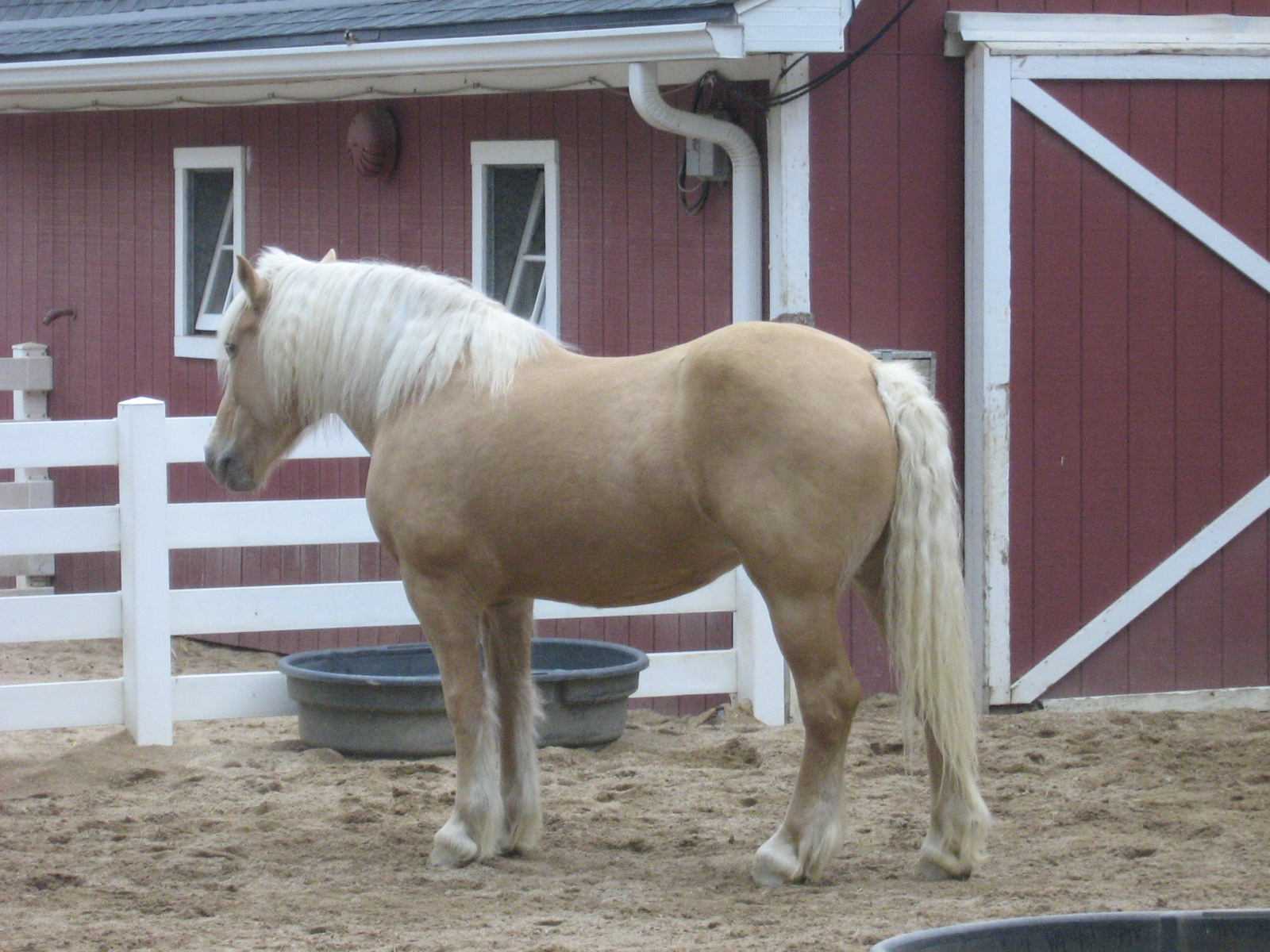
The American Cream Draft is the only draft breed native to the United States, known for its striking cream-colored coat and amber eyes. This rare breed stands between 15 to 16.3 hands (60-65 inches) tall and weighs up to 1,800 pounds. Developed in the early 20th century, they were primarily used for farm work in the Midwest. Their unique color, called “gold champagne,” along with their quiet and cooperative temperament, makes them popular for both agricultural work and exhibitions. The breed remains rare, with efforts being made to preserve its numbers.
Irish Draught
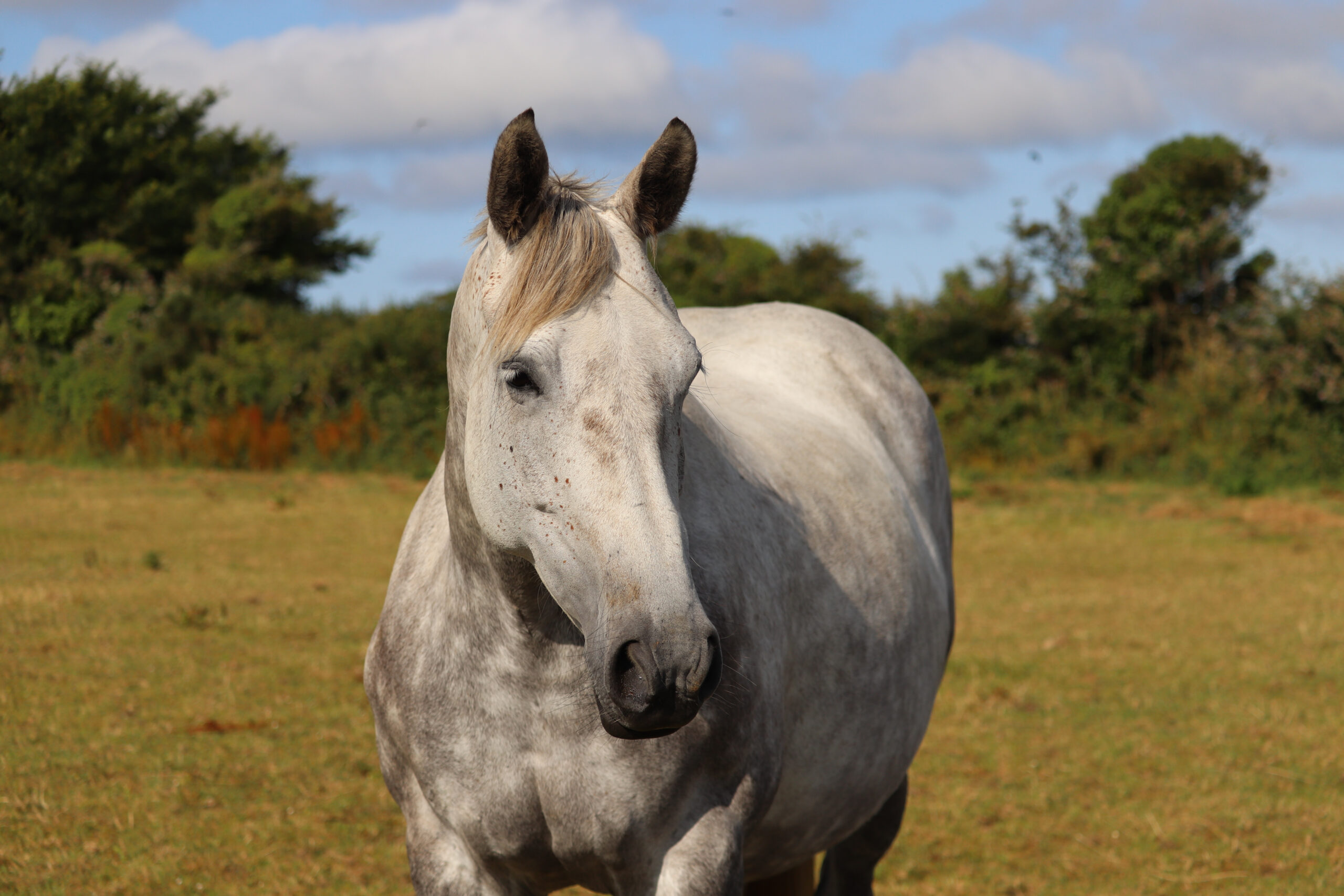
The Irish Draught horse is a versatile, athletic breed that originated in Ireland, valued for both its strength and agility. Standing between 15.3 to 17 hands (63-68 inches) tall and weighing around 1,300 to 1,500 pounds, they are often used in farming and as sport horses. Their coats come in a variety of colors, including bay, chestnut, grey, and roan. Irish Draughts are known for their gentle nature and have historically been used as all-around workhorses, often seen in both agriculture and cavalry. Today, they are frequently crossed with Thoroughbreds to produce superior sport horses for eventing and jumping.
South German Coldblood
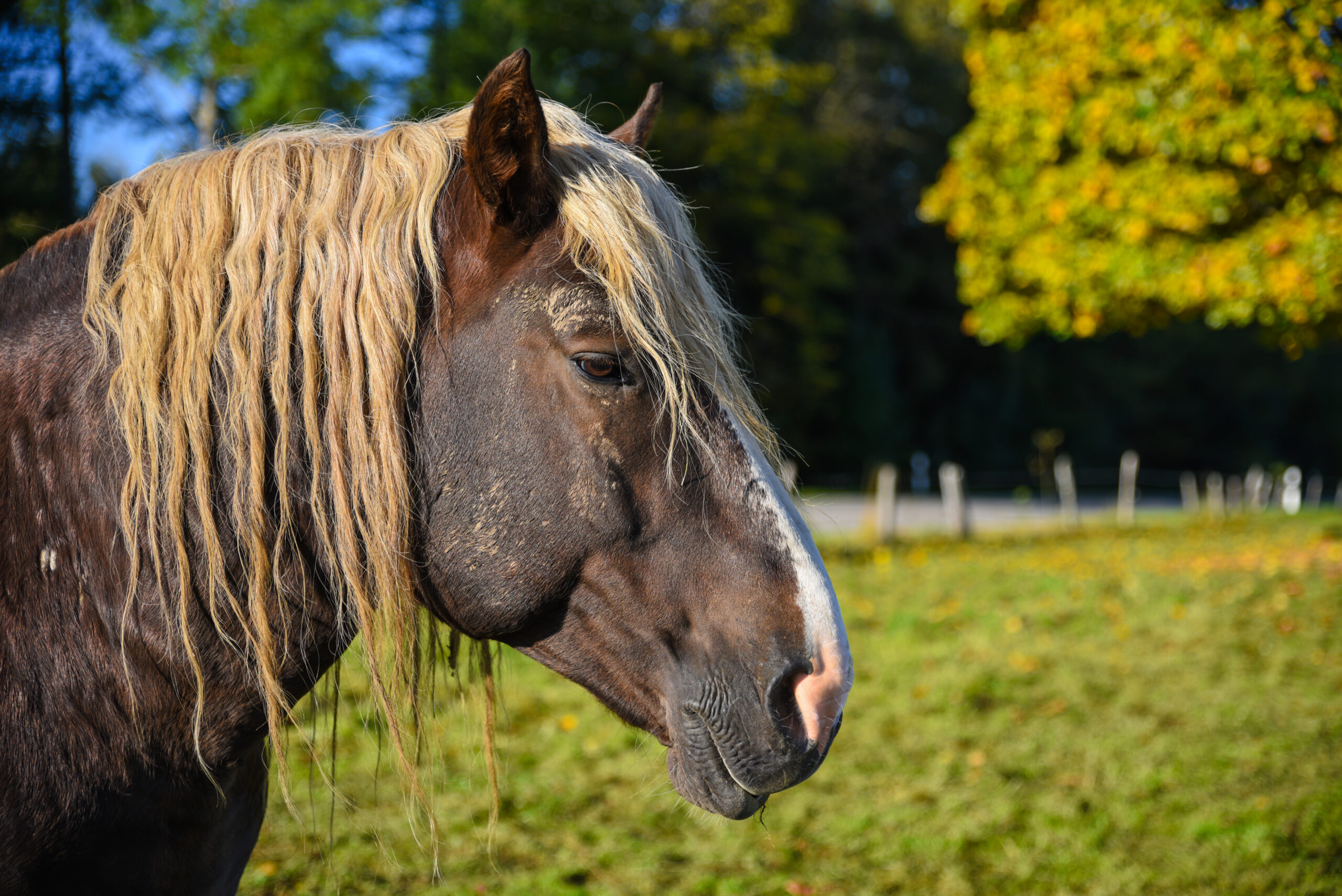
The South German Coldblood is a massive and muscular breed, developed in southern Germany for heavy work in agriculture and forestry. These horses stand between 16 to 17 hands (64-68 inches) and can weigh up to 2,200 pounds. Known for their endurance and strength, they are most often bay, chestnut, or roan in color, with a robust frame. Their calm and patient temperament makes them ideal for heavy labor. Despite their size, South German Coldbloods are gentle, reliable, and frequently seen in farm work, forestry, and traditional festivals.
Comtois
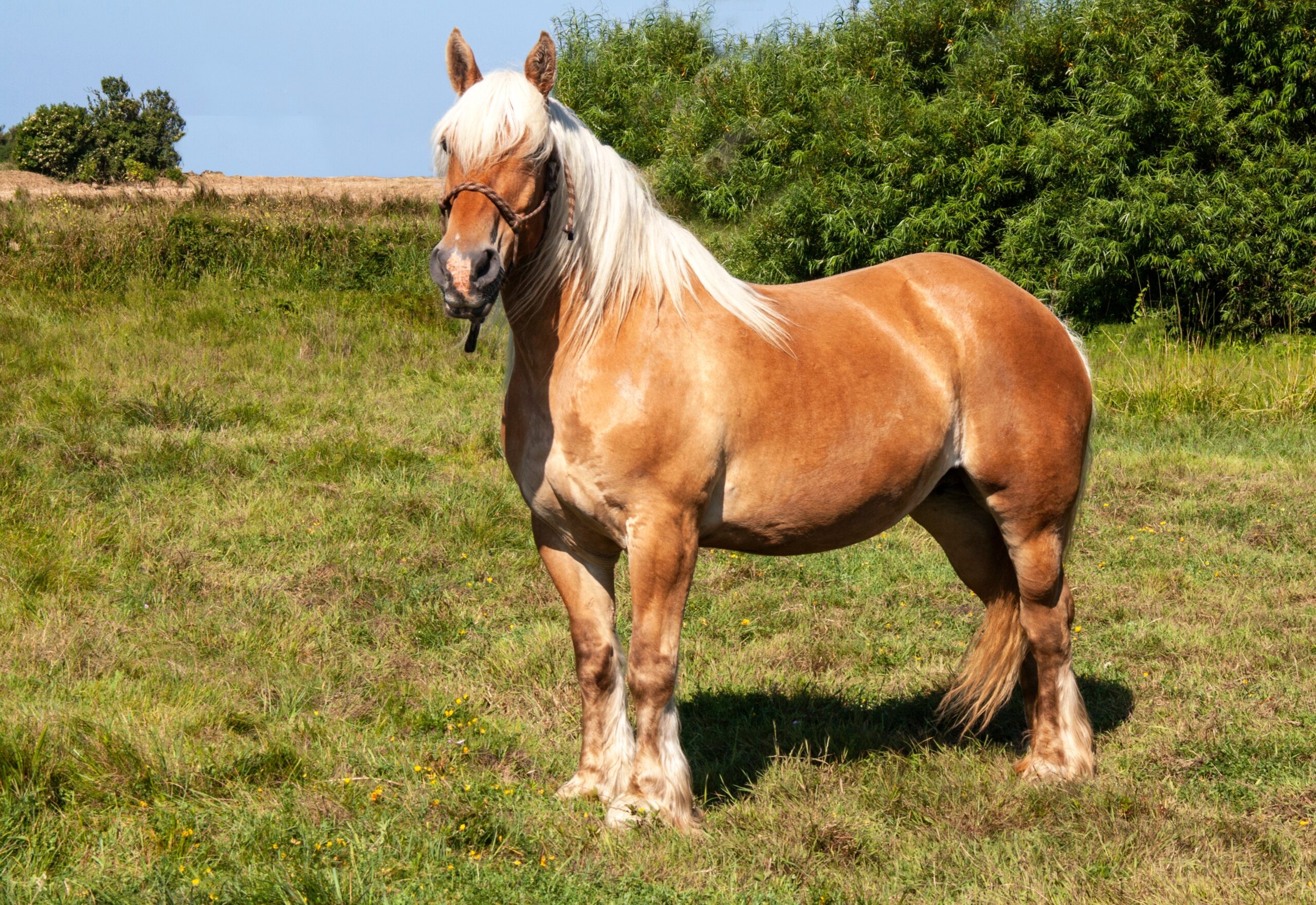
The Comtois horse is a draft breed from the mountainous Jura region in France, standing between 15 to 16 hands (60-64 inches) and weighing around 1,500 to 1,700 pounds. Known for its strength and surefootedness, the Comtois is a reliable working horse, often used in agriculture and forestry. They have a thick mane and tail, with coat colors typically ranging from bay to chestnut and roan. This breed is highly valued for its resilience in rough terrains and harsh climates, as well as its docile temperament, making it a popular choice for farmers in the region.
This article originally appeared on Rarest.org.
More from Rarest.org
10 Overlooked Photography Techniques to Elevate Your Shots

Sometimes, the most powerful photography techniques are the ones that get overlooked. Read More.
19 Hidden Libraries Filled With Rare Manuscripts and Artifacts

Hidden libraries hold some of the world’s most valuable manuscripts and artifacts. These collections, often tucked away, safeguard centuries of knowledge. Read More.
17 Mind-Bending Optical Illusions Found in Nature

Nature has a way of tricking our eyes in the most fascinating ways. Some natural phenomena create optical illusions that can leave us in awe or even a little confused. Read More.
